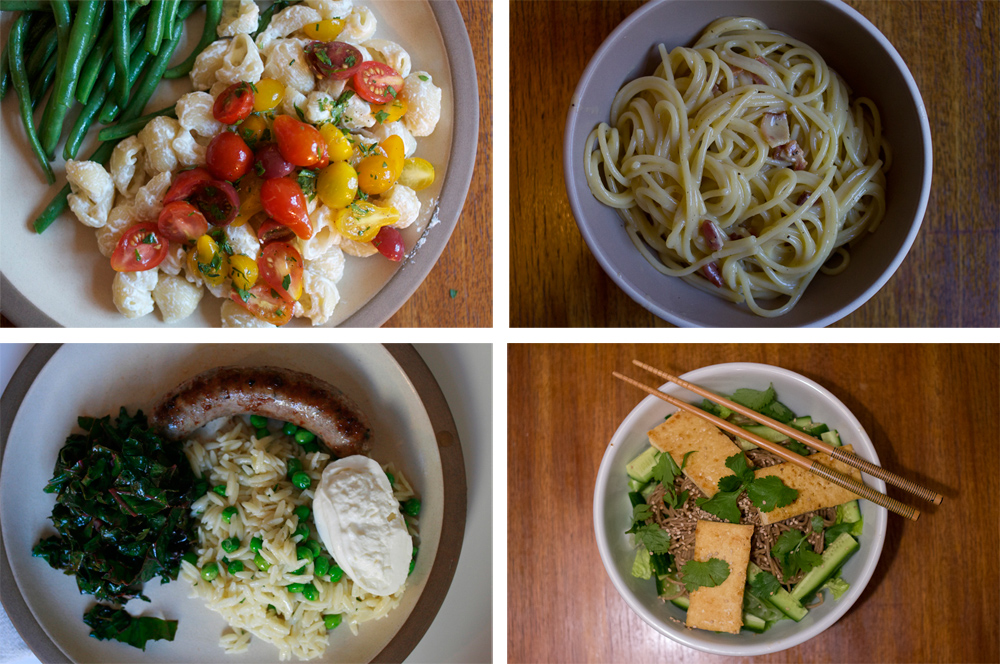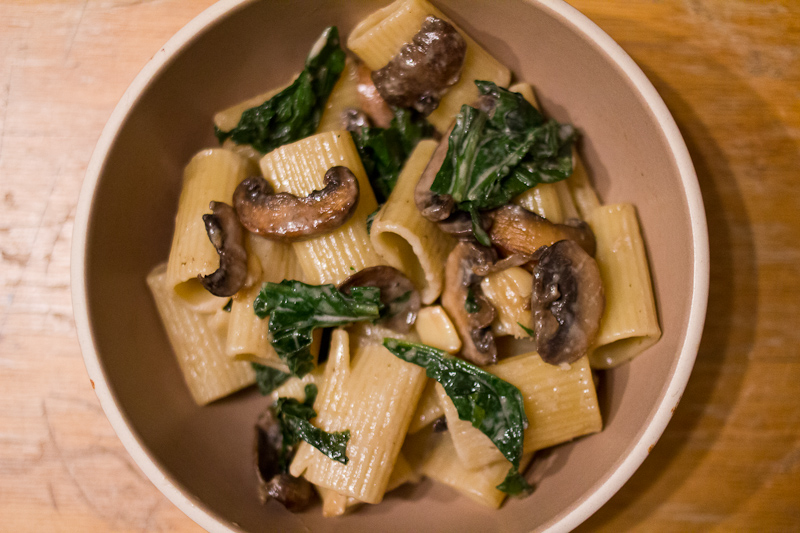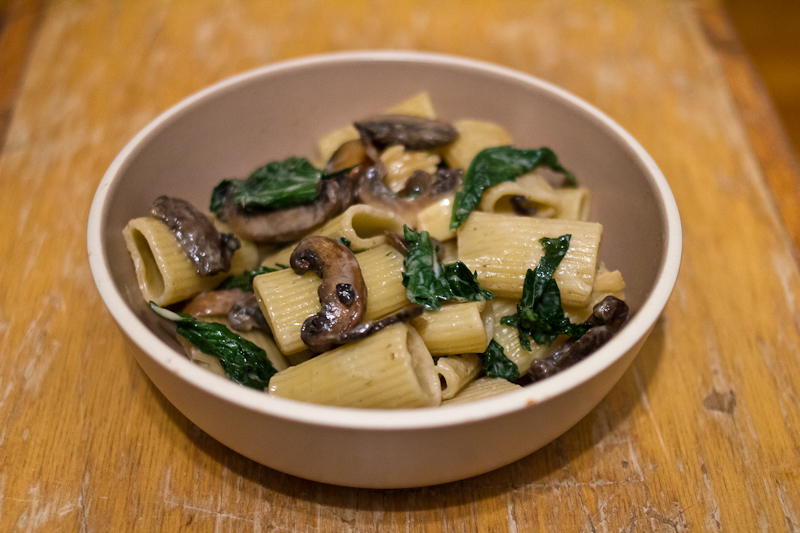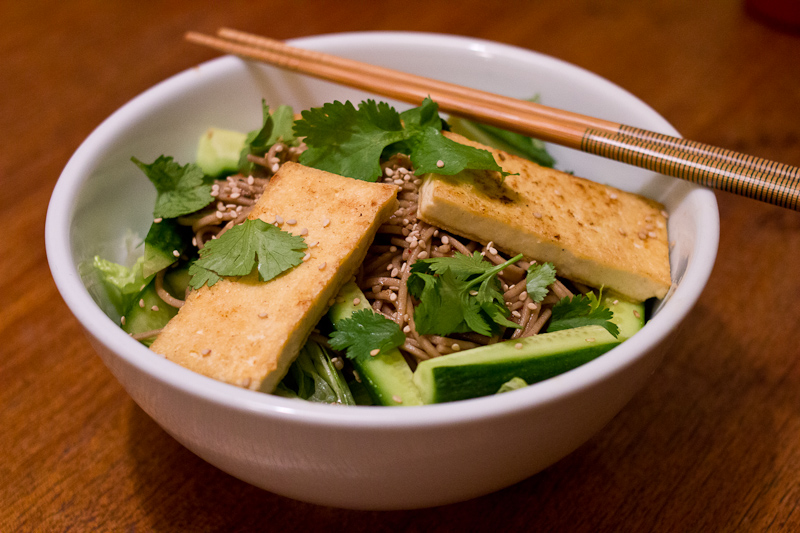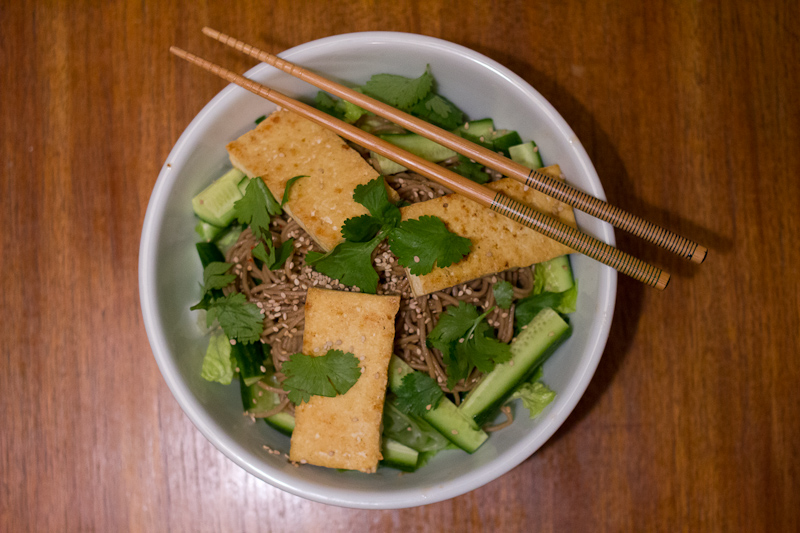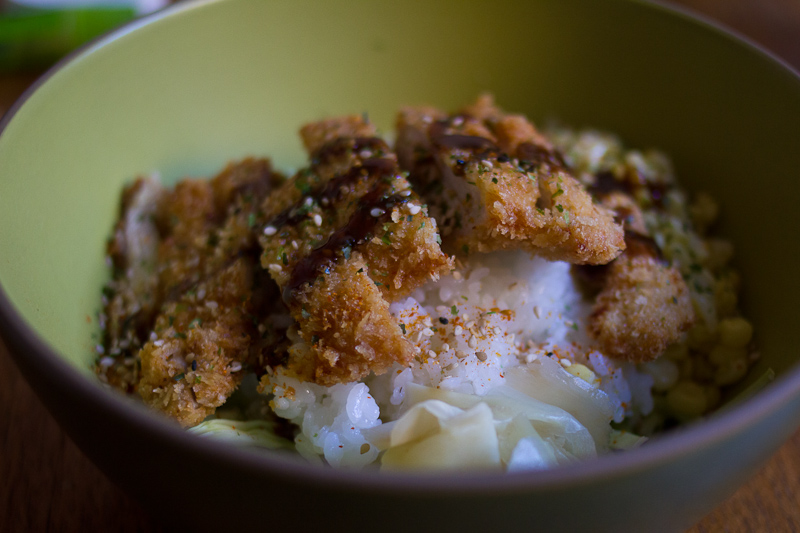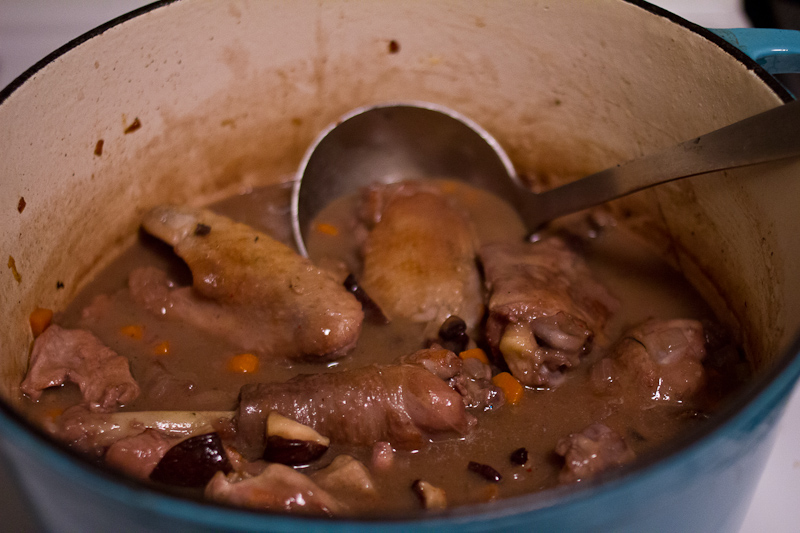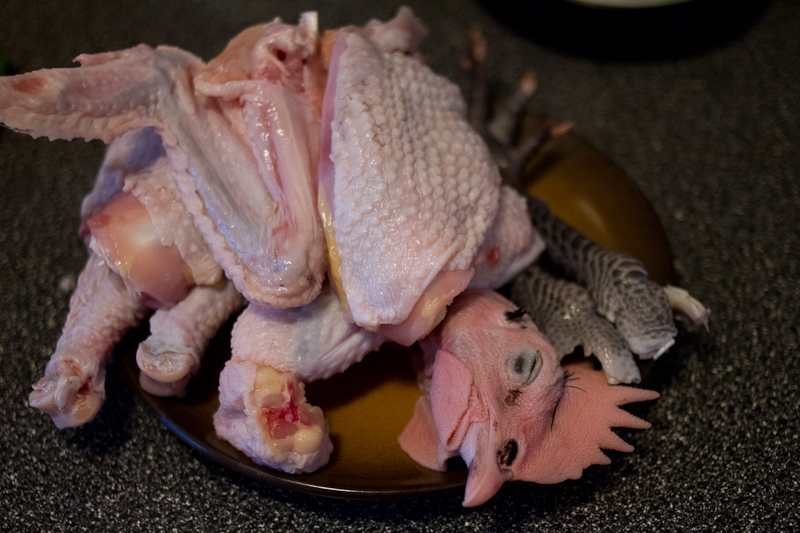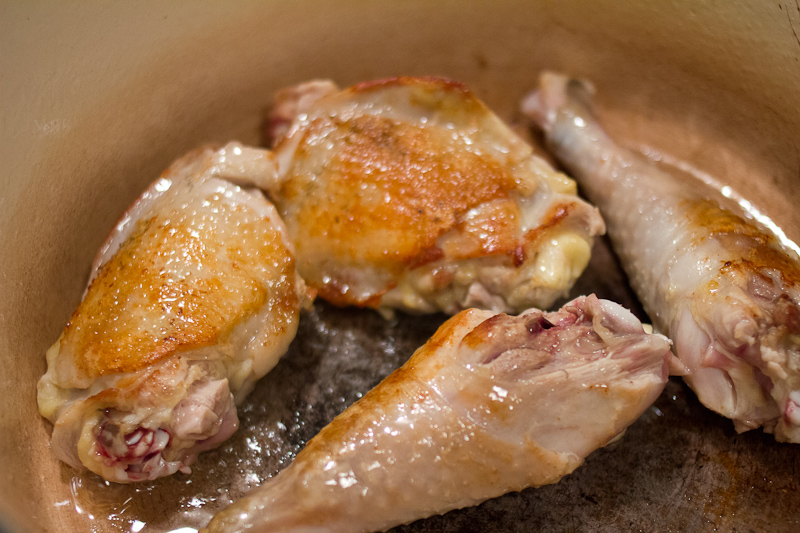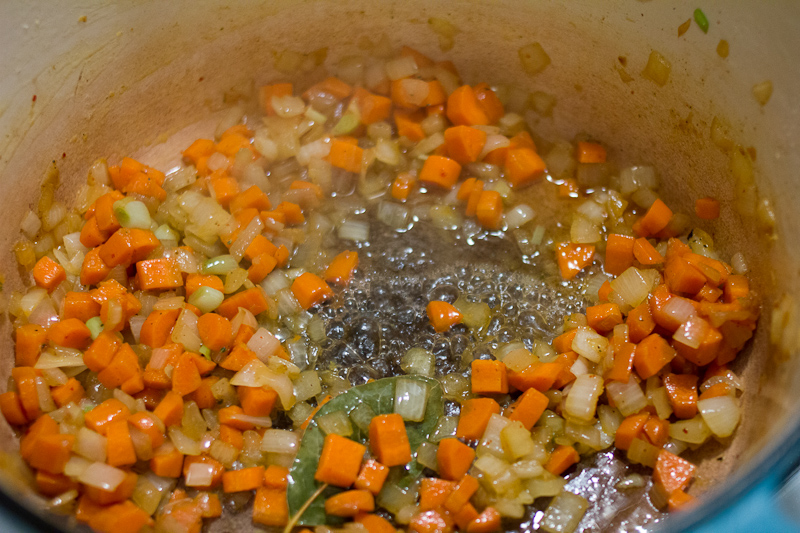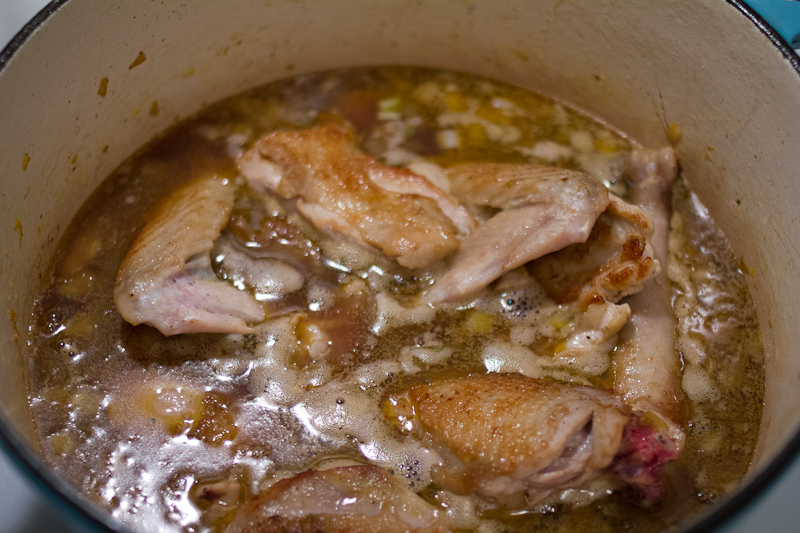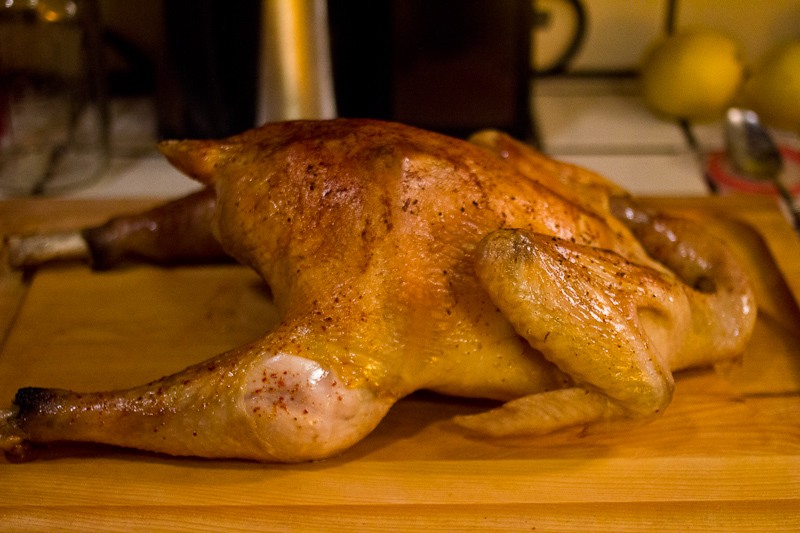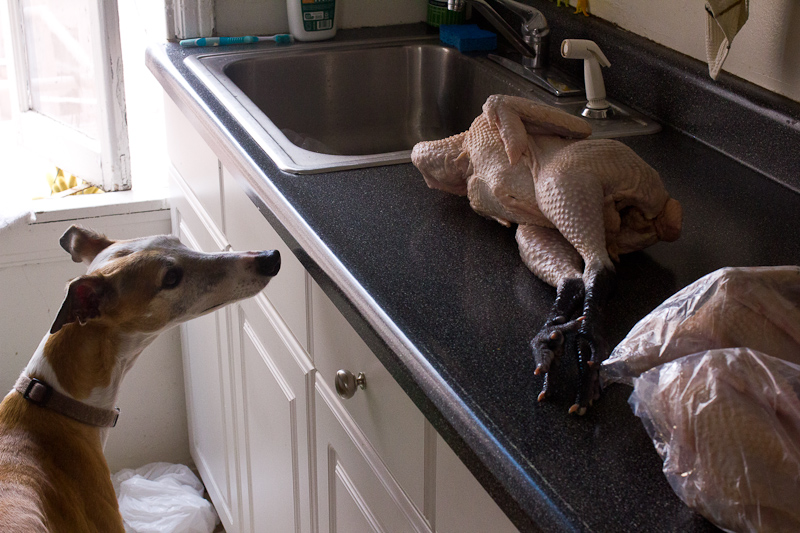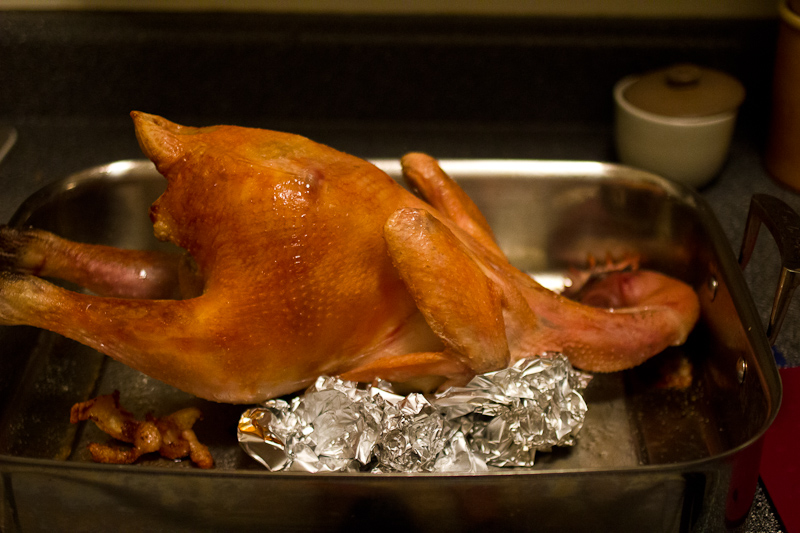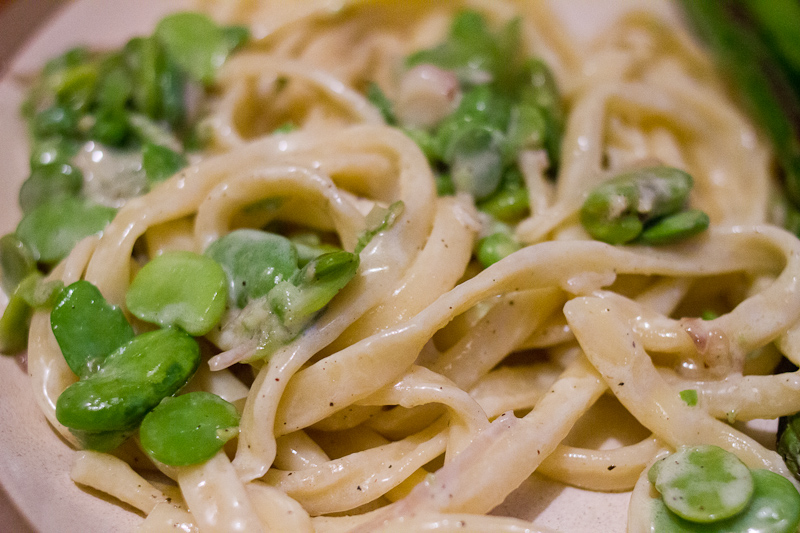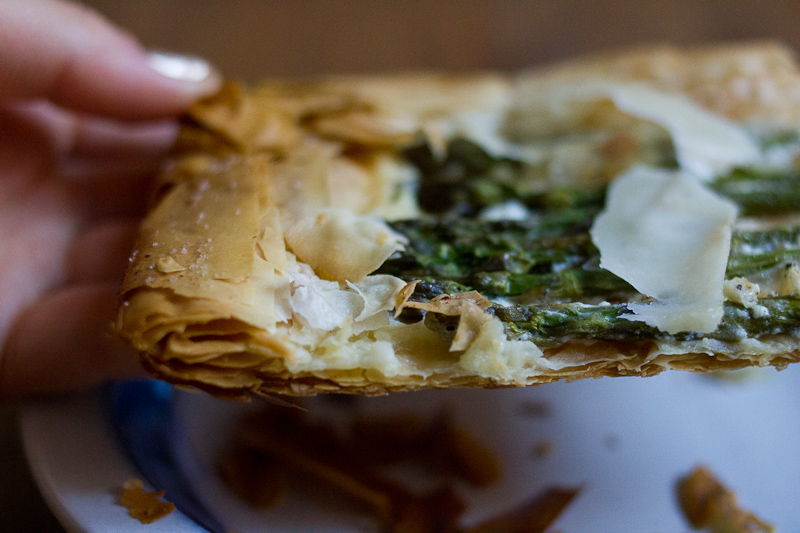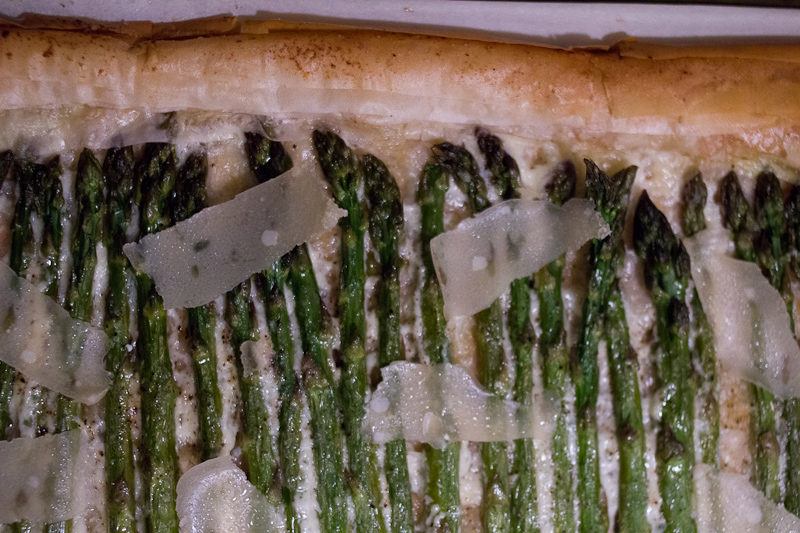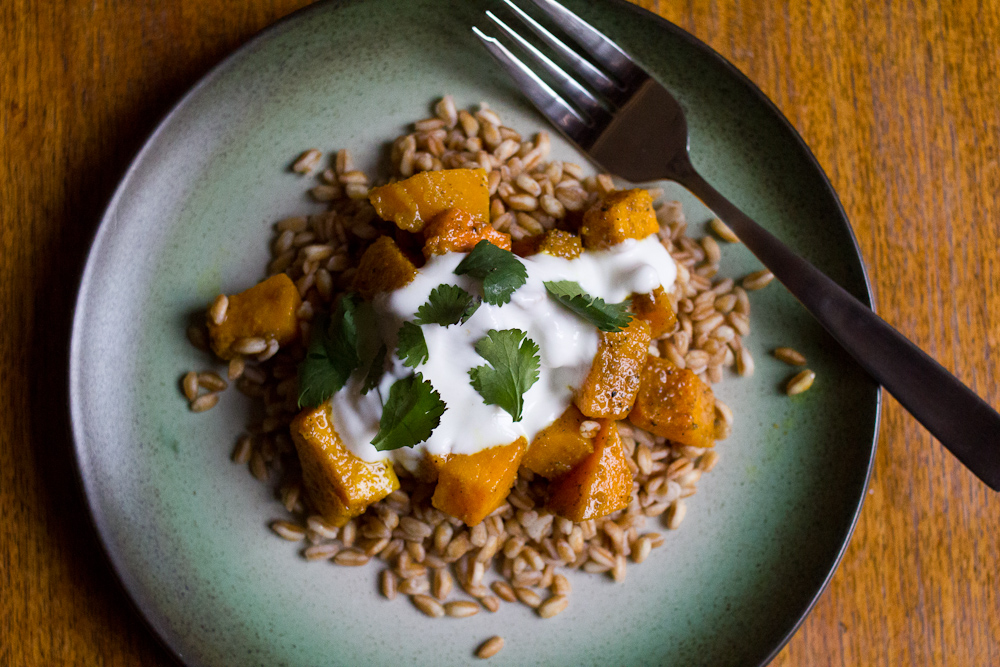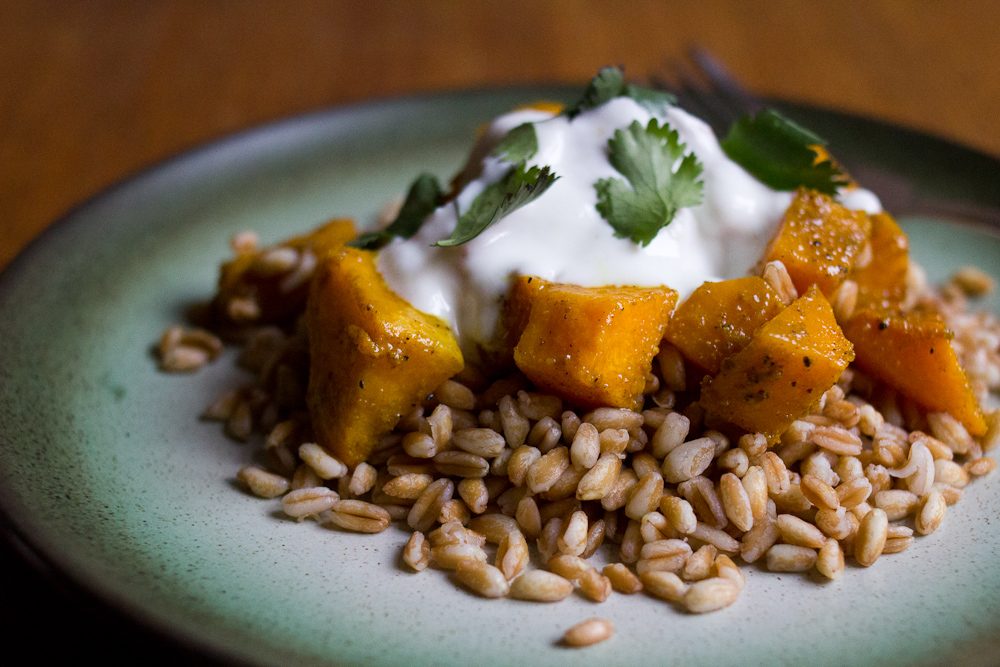Growing up, eating with the seasons just happened to a bi-product of my mother’s obsessive gardening. She’d try planting just about anything once, but under that hot Sacramento sun things like squash and tomatoes really thrived. I remember harvesting zucchini the size of toddlers and tossing them back and forth in the swimming pool. Summer produce stands out most in my memory, though I’m sure we ate from her garden past August.
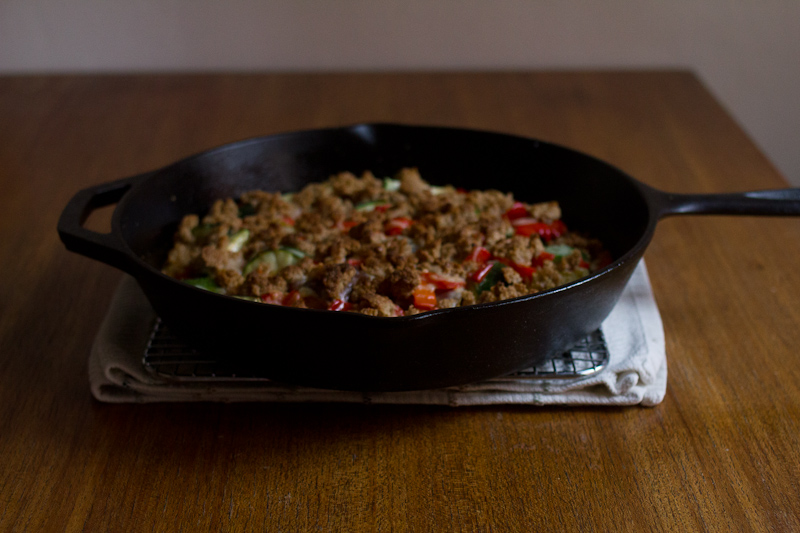
Eating from the garden was just how eating went in my family, and it wasn’t until my senior year of college when I became more interested in food politics and the complexities of our industrial food system, that I really understood the impact eating seasonally and locally has on our local economy, our environment and our health. The short answer is it’s a big one. And the long answer is much better explained by the folks who really know what they’re talking about, Michael Pollan and Marion Nestle to name a few.
Eating with respect to the seasons and spending our dollars in support local farms and food businesses has become a not-so-private mission of ours, and even in my mother’s eyes, we verge on militant. But if there is one thing to care about, the health of our family and our planet isn’t a bad one, especially if it also means eating wonderful food.
Living in middle of downtown San Francisco, we don’t grow much beyond a few pots of herbs, which is where our CSA (Community Supported Agriculture) Farm Share subscription from Eatwell Farm comes in. Eatwell Farm’s mission is to feed body and soul. They are committed stewards to the environment and constantly challenge industrial agricultural practices in favor of sustainable ones. They care about their land, their employees, and growing the healthiest and best food money can buy—and you can absolutely taste it.
We’ve had our CSA with Eatwell for over 3 years and could not be happier. We get perfect produce. We eat healthier. We stretch ourselves by cooking with ingredients we might not necessarily buy. We know our dollar is going to support a local farm and local families working hard to change our food system. And we spend the same amount as we would spend at the grocery store, where just pennies of your dollar make it back to the farmers. If we don’t support local farms, we’ll lose them—a tragedy with repercussions far beyond just taste—and a CSA is a simple, effective and delicious way to vote with your dollar.
If I haven’t convinced you, taste the difference for yourself! Eatwell Farm has been kind enough to offer our Northern California readers a discount to try their CSA Farm Share subscription. New Eatwell Farm subscribers can use the code: ALWAYSPORK to get their first 4 box subscription for just $99. Good ingredients make it easier to cook good food, and I honestly cannot recommend Eatwell enough. If you don’t live in Eatwell’s delivery radius, I urge you to check out Local Harvest to see if there are any farm share subscriptions in your area.

Now I’ll step down of my soapbox and move onto the recipe. This dish is made with all kinds of wonderful summer produce—zucchini, eggplant, tomatoes, peppers. It was inspired by ratatouille, with a little sprinkle of cheese and buttery pastry crumble added to jazz it up a bit. It’s great as a vegetarian main dish, but could also be served as a side. It takes just 30 minutes to throw together, but tastes like far more effort went into it.
Savory Summer Vegetable Crumble
1 onion, diced
1 cup tomatoes, diced
1 Japanese eggplant, cut into 1” chunks (or half of a globe eggplant)
1 – 2 zucchini, cut into 1” chunks
2 peppers, diced (we used bell pepper, but any mild pepper will do)
a good sprinkle of fresh thyme or oregano
1 – 2 tablespoons olive oil
chili flake, salt and pepper to taste
⅓ cup gruyere, mozzarella or parmesan cheese, shredded (use what you have)
For the crumble topping
4 tablespoons butter, cold and cut into small 1 tablespoon pieces
¾ cup whole wheat or all-purpose flour (we used Eatwell’s Sonora Wheat Flour, which was A+)
½ teaspoon kosher salt
Preheat your oven to 450° F and put one rack closest to the top.

First make the crumble topping. In a medium bowl, combine the flour and salt. Add the butter and work it into the flour with your fingers or a pastry blender, until the butter is in pea-sized pieces and the mixture just comes together if you squeeze it. It will still be pretty crumbly, which is just what you want. Put the crumble topping into the fridge until the veggies are ready.

In a cast iron skillet or other oven-safe pot, sauté the onion in a little olive oil over medium-low heat. When the onions are soft, add the tomatoes and sauté just a minute more. Season well with salt, pepper and chili flake. Add the other chopped vegetables and toss to combine. Sprinkle with the grated cheese and then with the crumble top.
Bake 20 minutes on the top rack, until the vegetables are just starting to get soft at the edges and the crumble top is browned. This will serve two to three people as a vegetarian main, or four to five people as a side dish. It would be delightful alongside a roast chicken or quickly sautéed pork chop. You could also top with a few eggs in the last few minutes of cooking if you’d like something a bit heartier. The beauty of good, simple food is it’s flexibility, so mix it up! I hope you enjoy!

The post was written in partnership with Eatwell Farm, but the opinions are always our own.
-Emily
